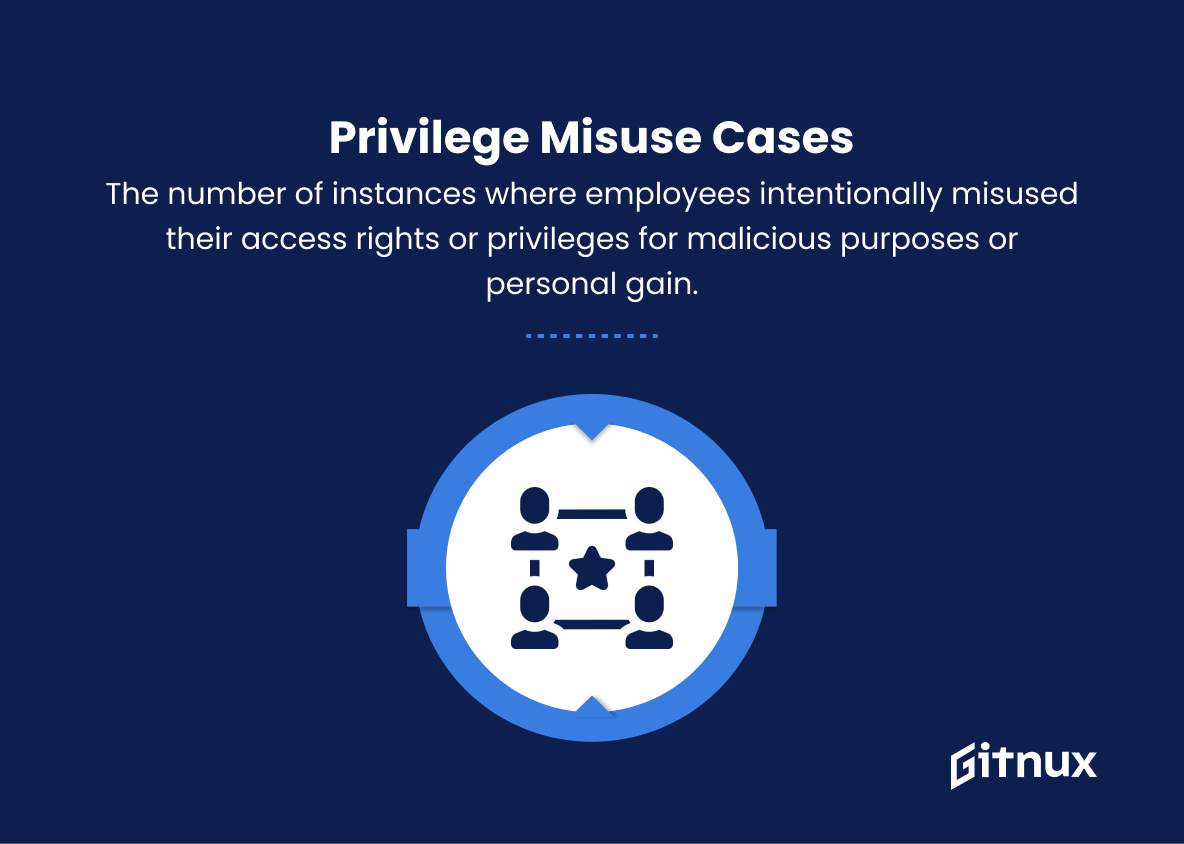In today’s ever-evolving digital landscape, protecting sensitive information and preventing security breaches have become increasingly crucial for organizations of all sizes. As this need for effective cybersecurity measures grows, it is imperative to understand and quantify the success of our security awareness initiatives. Security Awareness Metrics play a vital role in the continuous improvement of an organization’s security posture.
This blog post delves into the importance of measuring the effectiveness of your Security Awareness Program, and provides valuable insights into the key metrics you should be tracking and analyzing to strengthen your organization’s cybersecurity defenses.
Security Awareness Metrics You Should Know
1. Phishing susceptibility rate
This metric measures the percentage of employees who fall for simulated phishing attacks. It is essential to track this number to evaluate the effectiveness of training and awareness programs in reducing phishing incidents.
2. Security policy violations
This metric tracks the number of times employees violate specific security policies (e.g., password sharing or unauthorized software installation). Understanding the frequency of policy violations can help to identify areas where additional training or stricter policies are necessary.
3. Security training engagement
The percentage of employees who participate in security awareness training activities, such as attending workshops, completing online courses, or engaging with security newsletters. Higher engagement rates demonstrate that employees invest time in understanding and implementing secure practices.
4. Password strength score
This metric measures the overall strength of employee passwords by taking factors such as length, complexity, and the use of common words into account. A higher score indicates that employees are using stronger, more secure passwords.
5. Security incident reporting rate
This refers to the number of security incidents reported by employees. Tracking the rate of reported incidents will help organizations identify areas where breaches are occurring and employees are taking proactive steps to mitigate potential issues.
6. Time to report security incidents
This metric measures the average time it takes for employees to report a security incident upon discovery. Decreasing this time to report is important as it allows the organization to react faster in case of a potential breach or vulnerability.
7. Data classification errors
This metric tracks the number of incorrectly classified documents, whether due to negligence or lack of knowledge about data classification policies. A higher error rate may indicate the need for more specific training on proper data handling and classification.
8. Patching compliance rate
The percentage of systems and software with up-to-date security patches. Higher compliance rates show that employees are diligent in maintaining software security.
9. Security incidents per employee
This metric calculates the number of security incidents divided by the total number of employees. This can give organizations an indication of whether their security training is effective in reducing the total number of incidents.
10. Privilege misuse cases
The number of instances where employees intentionally misused their access rights or privileges for malicious purposes or personal gain. This metric highlights areas where stricter access controls or more detailed monitoring may be necessary.
Security Awareness Metrics Explained
Security awareness metrics play a crucial role in understanding and improving the overall cybersecurity posture of an organization. Metrics such as phishing susceptibility rate, security policy violations, and security training engagement help organizations evaluate the effectiveness of their training and awareness programs in preventing cyberattacks. Similarly, measuring password strength scores aids in encouraging employees to adopt secure password practices.
Tracking security incident reporting rates and time to report security incidents enables organizations to identify vulnerable areas and facilitates quicker response times in case of potential breaches. Data classification errors and patching compliance rates highlight the need for proper data handling, classification training, and maintaining up-to-date software security.
Security incidents per employee is a helpful indicator of training effectiveness, while privilege misuse cases can point out specific areas where tighter access controls and monitoring may be required. All of these metrics, when analyzed collectively, contribute to creating a more robust and secure environment within the organization.
Conclusion
In conclusion, security awareness metrics are crucial in today’s increasingly digital and interconnected world. By implementing these metrics, organizations can assess their security awareness efforts, fine-tune training programs, and reduce the risk of cyberattacks. Robust security awareness metrics not only boost employee engagement and understanding but also play a pivotal role in fostering a culture of vigilance and proactive defense.
In the end, a more secure business environment necessitates an ongoing commitment to effective security awareness programs, backed by comprehensive metrics and measurement tools, enabling organizations to thrive in the face of ever-evolving cyber threats.










